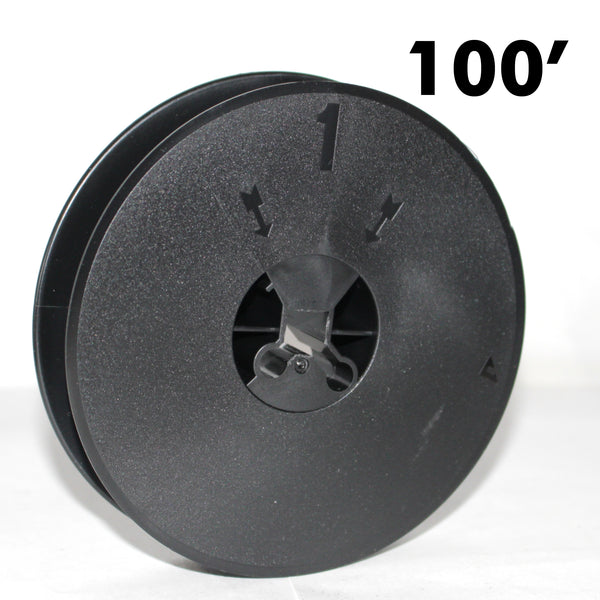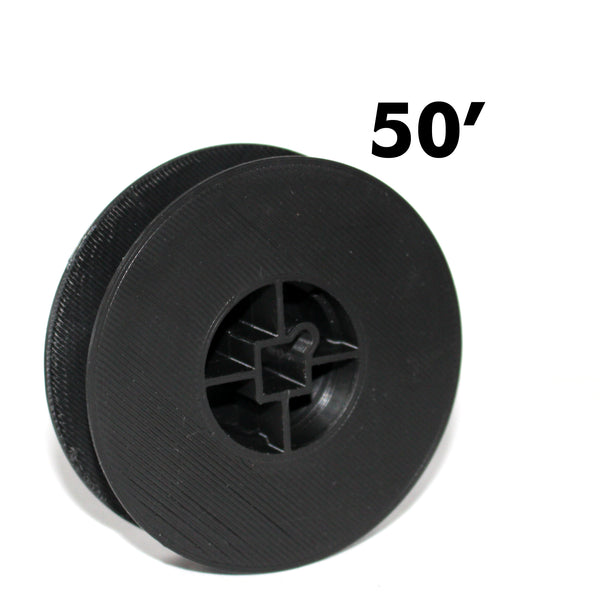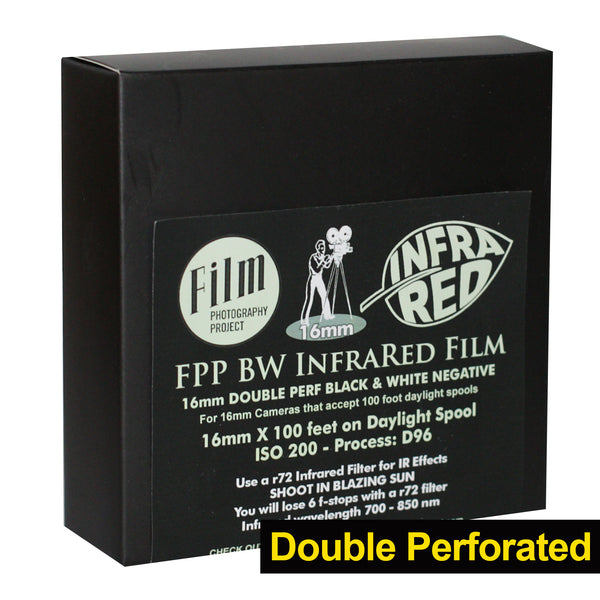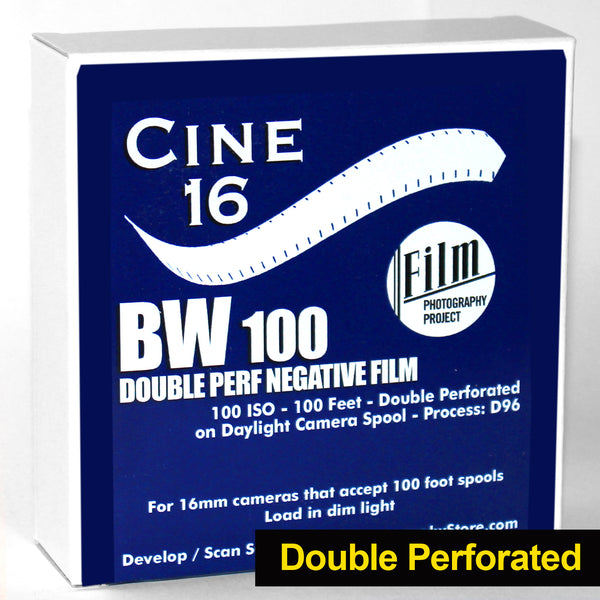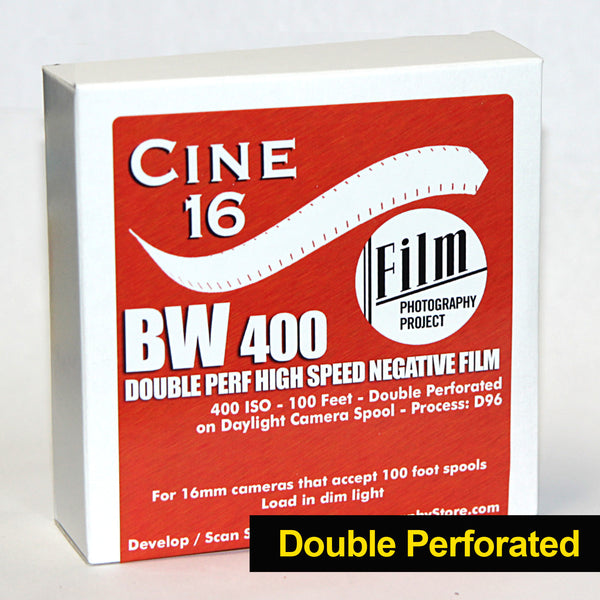
Double 8 Film - Cine8 SEPIA 10 ISO (25 ft)
Cine8 SEPIA TEN - 10 iso - A chromogenic color negative film that produces a beautifully grainy, sepia toned movie when scanned.
Recommended to shoot in broad daylight. Use the Black & White guide on the side of your camera or use a light meter set to ISO 10.
The Film Photography Project offers Develop/Scan services. Please only order these services when you're ready to ship your exposed film (and not in the same shopping cart as your film purchased).
Film details:
- Chromogenic BW Film
- Process ECN-2
- ISO 10 (Set your ISO to 10 in automatic 8mm cameras)
- 2x8 mm standard / 25 foot roll film
- Normally 8mm is shot at 16fps (frames per second)
- Frame size 4.8mm x 3.5mm
- Not for cameras that need 8mm magazine cartridge film. Not for Super 8 cartridge or 16mm cameras
How does this film work?
Regular 8 film is actually 16mm in width (on a 25 ft daylight camera spool). On the first pass though the camera, the film is exposed only along half of its width. When the first pass is complete, you open the camera and flip / swap the spools. The same film is exposed along its other edge. After the film is developed, the film is then ready for scanning.
How do I load my camera?
Each camera is slightly different but check out this video where Michael Raso loads a Revere 8 Model 88.
Video below: Test roll of Cine8 BW 100 Negative shot using the Zeiss-Ikon MoviKon 8 Camera
Home Developing Info:
Kodak D76 - Stock Solution / 68° Fahrenheit / 6-7 min
Kodak D76 - 1+1 / 68° Fahrenheit / 10 min
FPP D96 - Stock solution / 68° Fahrenheit / 7 minutes
Kodak HC-110 - Dilution B / 68° Fahrenheit / 6 minutes or Dilution H (1+63) for 12 minutes
Kodak X-Tol - Stock solution / 68° Fahrenheit / 5-6 minutes
Sprint Standard - Dilution 1-9 / 8.5 minutes / 68° Fahrenheit
Terms – With the rare exception of a film product recall, user issues with film are a by-product of the deterioration of parts in the vintage cameras used to shoot the film. Even functioning and previously tested vintage cameras may experience motor film transport issues, film breakage, light leaks, over-and-under-exposure, and emulsion scratches. We feel it is important to bring your attention to these risks as we do not accept returns, offer replacement film or refunds on movie film.

